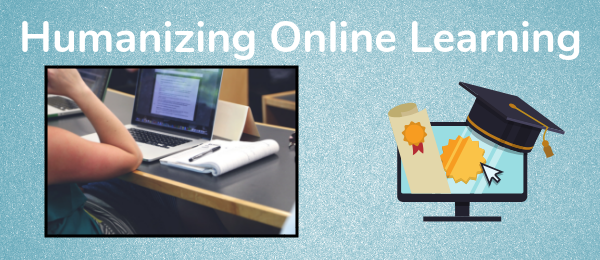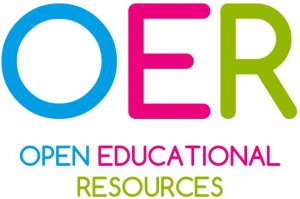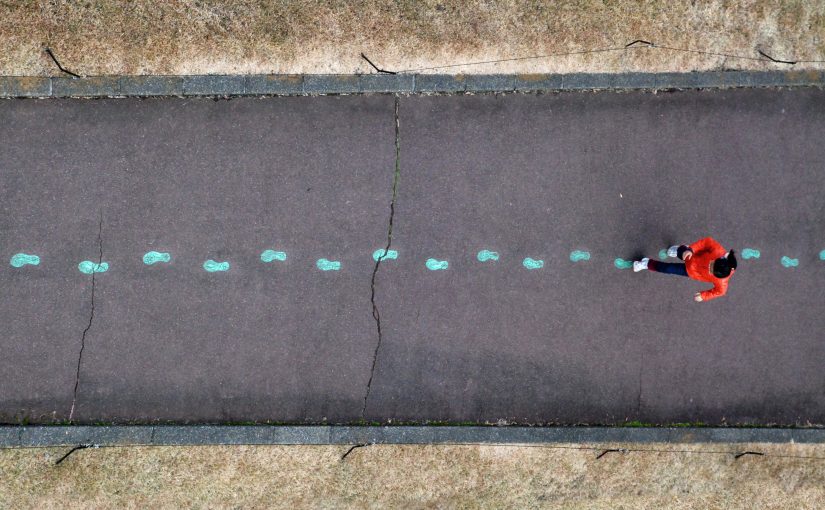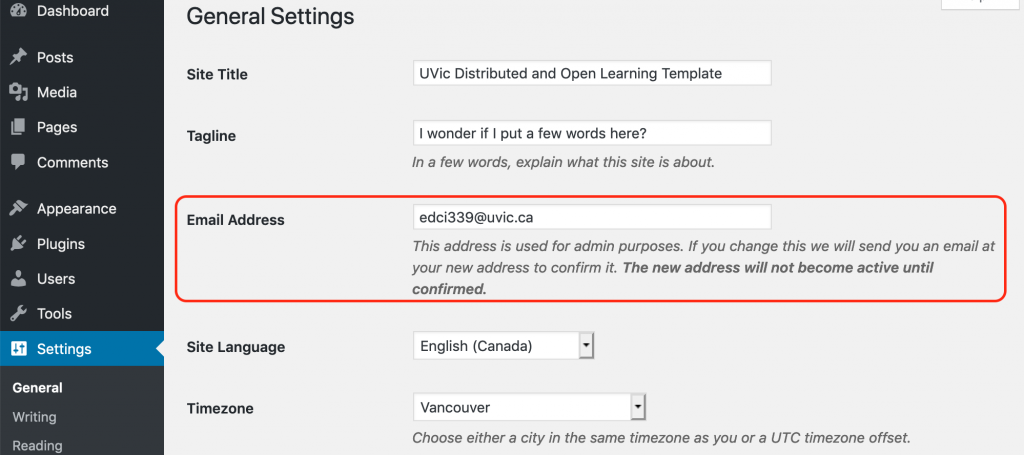
Nowadays, people are getting worried about how much time their children are spending on screen, any screen-based devices like smartphones, pads, and PCs seem improper for formal education. While the debate about how much screen time is appropriate for learners to spend each day, another emerging technology in the form of artificial intelligence is being introduced to educators as the alternative tools of traditional textbook materials. It completely changed how education might look like in the future. Thanks to modern technology and open-minded educators, the academic world has become more open, flexible and personalized. Here is a video to show you what you are expecting to see in AI education:
This has changed the way people learn since educational materials are becoming accessible to all through smart devices and computers. Students can easily attend class without physically being in the classroom, as long as they have a smart device and internet connection. Even most of us don’t notice it, most of these technologies cannot work without Artificial Intelligence. Artificial Intelligence(AI) is now a part of our normal lives, it is affecting our lives in every single area. We are surrounded by this technology from AI assistance, all kinds of sensors, automatic parking systems, etc. Same as education, AI is being used in lots of open learning, flexible learning. In simple words, AI has already taken an important role in education and people cannot live without it, the traditional methods are changing drastically. In this article, I will take about the reasons AI is being chosen for education.
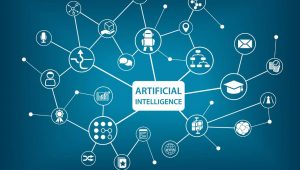
First, from the perspective of students, AI recognizes each learner individually, shows respect to all types of learners and designs for human uniqueness and variability. In simple words, it meets the needs and preferences of different learners. The fact that not all people are the same, and one-to-many method of teaching make educators hard to take care of everyone, the traditional way of teaching may not be the best for some unique learners. As AI technology develops, we have many alternative choices to present materials like using visual media, sound effects instead of a textbook. As for learners who have an issue to attend to class in person, or prefer to stay home, AI can provide online tutorials base on their progress, and encourage people to finish assignments through the web. It is cheaper, efficient and shows respect to every single learner.

Second, from the perspective of cost and accessibility, AI education is cheap and easy to access. Let’s use Psychology100’s required textbook: Introductory Psychology I Biological and Cognitive Emphasis as an example, a formal and brand-new book is sold from $150 plus tax. And the cost of a used book is sold from $120 plus tax. In UVIC, an average local student pays $500 each class per term, and for most of us, 5 classes per term are the regular schedule. That will be a total of $3250 plus tax per class without any surprising things happen. The price triple for international students. I believe the pressure is huge for most families. However, such primary knowledge can be access online easily, and the cost is free if you use YouTube or some academic platforms. For example, Mymathlab costs only $110 each class per term, you are able to find first-year to fourth-year math materials, comes with free AI explanation, digital textbooks and AI assignment marking platform. Also, you will have a flexible learning schedule, all you need is one smart device and internet connection. Learners don’t have to spend a couple hundred dollars on purchasing textbooks, notebooks, and all other tools. Everything can be accessed online at a cheaper price and easy.
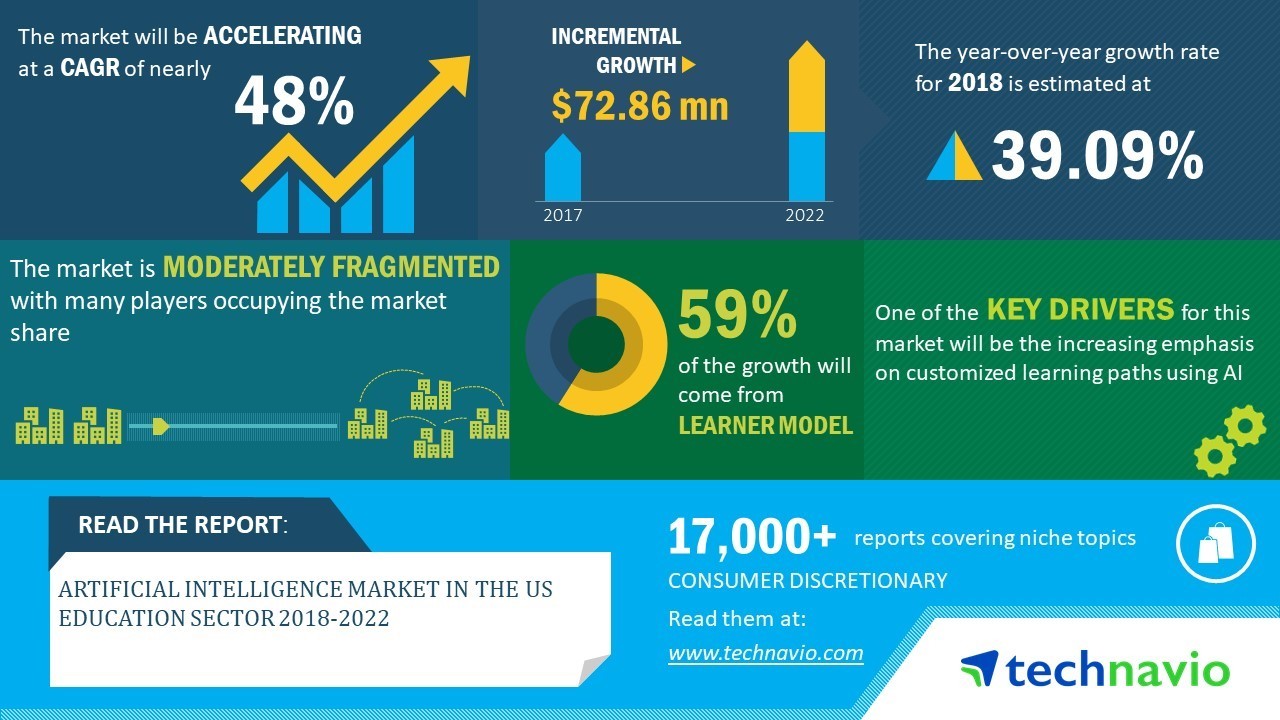
Third, from the perspective of teaching functions, AI education applies modern technology to education. Most people recognize education is face-to-face communication. It must be taught by a professional instructor, and learners must attend class in person at a designed time and finish all the assignments by paper. However, as the development of the internet, mobile devices, and AI. Education is getting way more flexible. For example, I can totally complete an online course in UVIC and get full credit when I am in China, by watching and reading material online, submit all assignments and exams through the webpage. On a more advance AI-based platform, I can get even more, like a personal educator that designs the schedule and materials base on my interest, the platform is able to mark my works and give me instant feedback. It is way more efficient and convenient for both educators and learners. The technology eliminates the time zone, physical position, and creates a more flexible schedule. AI is also allowing the automation of administrative tasks, allowing educators to minimize the time required to complete difficult tasks so that they can spend more time with students.

Fourth, from the perspective of interaction, AI education catches more attention, which simply means it is more fun than traditional education. It provides more chances and encourages more interaction between people and an attractive way of teaching. In the FLOE handbook, it shows that games can actually provide useful ideas and help learners to understand the materials better. And that has become an advantage of AI education, the systems could be programmed to provide games to quiz the learner, instead of cramming, it creates a great experience that makes learners are more attracted to study it. It can also provide expertise, serving as a place for students to ask questions and find information or could even potentially take the place of teachers for very basic course materials. In the future, teachers will supply AI lessons, give a hand to students who are struggling, and provide human interaction and hands-on experiences for students. In fact, some of these changes have already been done in the classroom.
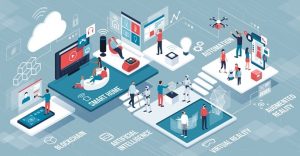
Fifth, from the perspective of organizational issues and networking, the AI system works perfectly. Nowadays, plenty of information is posted online. Since AI is connected to the internet, we can communicate with classmates and instructors through the system, as well as academic research. For example. Al system is able to connect us to a PLN platform. PLN stands as Personal Learning Network, is a platform to support a group of people to communicate and share their opinions and academic knowledge. During your research on the PLN platform, you will meet people who are interested in the same academic subjects. It is not easy to meet them in real life, however, these platforms made it very convenient and direct. AI can select what kind of people and materials we may interest in. In my opinion, networking is extremely important no matter which field you are involved in, communicating with professionals can improve your knowledge and their thought could amaze you, and AI is helping us step forward on this.

Sixth, from the perspective of security and privacy issue, I think that is the common shortage that all AI education systems have. As we all know, the AI system connects everyone to the internet, it brings us convenience by providing database, networking, and marking system. However, our information and works could also be given away, or “stolen” by the others. Unlike traditional face-to-face education, most of the process is presented on paper in person, AI education makes everything going through the cloud. For example, when you research for any materials or posting any scholarly article, there is always a chance people can spy on you. As I claim in the last paragraph, PLN can help you find people you are interested in. This could also become negative because your information is being shown. Therefore, there are security and privacy issues in AI education.

The advantage of introducing AI into the education area is obvious. There are many more AI applications for education that are being developed, after all, this movement is still in its early days. With the increasing number of learners and the development of technology, I believe AI will be accepted as the most efficient and common way of education.
Reference
Marr, B. (2018, July 25). How Is AI Used In Education — Real World Examples Of Today And A Peek Into The Future. Retrieved April 2, 2020, from https://www.forbes.com/sites/bernardmarr/2018/07/25/how-is-ai-used-in-education-real-world-examples-of-today-and-a-peek-into-the-future/#1c1ec8bc586e
Person. (2020, March 5). Unleashing the power of AI for education. Retrieved April 2, 2020, from https://www.technologyreview.com/s/615310/unleashing-the-power-of-ai-for-education/
10 Roles For Artificial Intelligence In Education. (2018, September 16). Retrieved April 2, 2020, from https://www.teachthought.com/the-future-of-learning/10-roles-for-artificial-intelligence-in-education/
YouTube Video:
www.youtube.com/watch?v=ZdHhs-I9FVo&t
Pictures:
https://www.businesswire.com/news/home/20191203005524/en/Artificial-Intelligence-Market-Education-Sector-2018-2022-Increased
https://edtechnology.co.uk/latest-news/how-to-make-ai-in-education-ethical/
https://en.unesco.org/themes/ict-education/action/ai-in-education
https://medium.com/swlh/how-ai-in-education-will-create-the-school-of-tomorrow-53407891350
https://medium.com/neuromation-blog/the-role-of-artificial-intelligence-in-education-7010aeb17ef1
https://e27.co/artificial-intelligence-disrupting-education-20180302/








